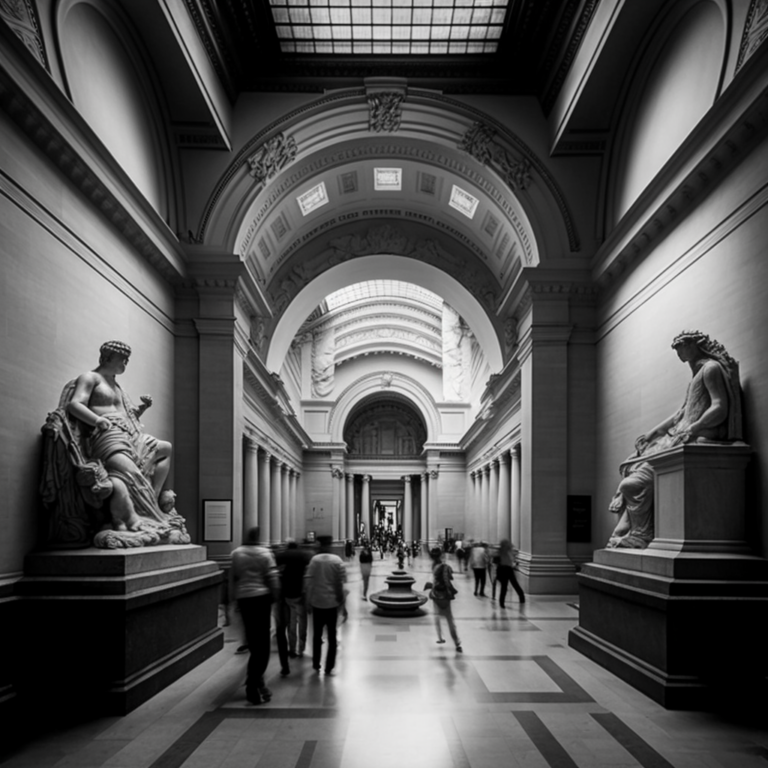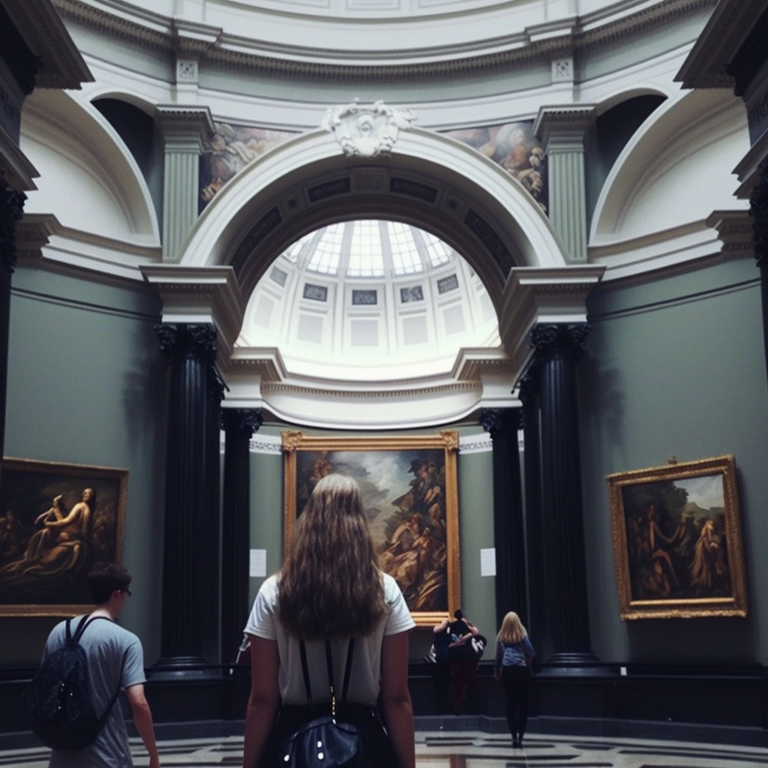Effortlessly manage your gaming experience with batery win login my account. This feature allows you to quickly sign in and access all your personalized settings and preferences. Enjoy a seamless transition into your favorite games and features, ensuring that everything you need is right at your fingertips.
-
Uncovering the Delights of Barcelona: A Tourist’s Guide
Welcome to Barcelona, a vibrant, captivating city that offers something for everyone. From the stunning architecture of Antoni Gaudí to the lively tapas bars of Raval, Barcelona is a city that will leave you enchanted. Whether you’re looking for a relaxing beach holiday, a cultural exploration, or a night out on the town, Barcelona has …
Continue reading “Uncovering the Delights of Barcelona: A Tourist’s Guide”
-
Appreciating the Creative Wonders of the Rijksmuseum in Amsterdam
The Rijksmuseum in Amsterdam is one of the world’s premier art galleries. It houses the largest collection of Dutch art in the world and is home to some of the most iconic works of art from the Dutch Golden Age. From the breathtaking paintings of Rembrandt and Vermeer to the intricate sculptures of Hals and …
Continue reading “Appreciating the Creative Wonders of the Rijksmuseum in Amsterdam”
-
Admiring the Splendor of the Metropolitan Museum of Art in New York City
The Metropolitan Museum of Art in New York City is an iconic landmark and one of the world’s most renowned art museums. With a vast collection of artwork from around the globe, spanning from ancient times to the present day, the Metropolitan Museum of Art is a place of exploration and discovery for art lovers …
Continue reading “Admiring the Splendor of the Metropolitan Museum of Art in New York City”
-
Discovering the Artistic Masterpieces of the Prado in Madrid
The Prado Museum in Madrid, Spain is home to one of the world’s most impressive collections of artwork. Spanning centuries, the Prado is an incredible showcase of the history of European art, with works from some of the most renowned painters, sculptors, and printmakers of all time. From the celebrated works of Diego Velázquez and …
Continue reading “Discovering the Artistic Masterpieces of the Prado in Madrid”
-
Taking in the Artistic Wonders of the Uffizi Gallery in Florence
The Uffizi Gallery in Florence, Italy, is one of the most renowned art museums in the world. Located in the historic heart of the city, the Uffizi Gallery houses a remarkable collection of Renaissance art, along with other works of art from the 13th to the 18th century. Spanning over two thousand years of art …
Continue reading “Taking in the Artistic Wonders of the Uffizi Gallery in Florence”
-
Unveiling the Beauty of the National Gallery in London
The National Gallery in London is a renowned art museum that houses some of the world’s most remarkable and important collections of Western European paintings. Situated in the heart of London, the National Gallery is a stunning reminder of the city’s cultural and artistic history, offering a unique opportunity to explore the works of some …
Continue reading “Unveiling the Beauty of the National Gallery in London”







